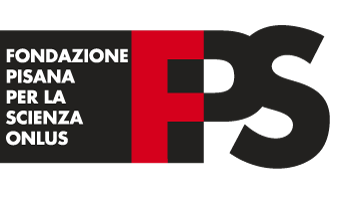OPTICAL METABOLIC IMAGING (OMI) OF GLIOBLASTOMA PATIENT DERIVED ORGANOIDS TO ASSESS TREATMENT RESPONSE AND DISEASE PROGRESSION
Research team: Chiara Mazzanti, Mariangela Morelli, Sara Franceschi, Francesca Lessi, Paolo Aretini, Michele Menicagli, Gianmarco Ferri, Giovanni Signore
Glioblastoma is a devastating disease that despite all the molecular information gathered so far, its optimal management remains elusive due to the absence of validated target from clinical studies. Unfortunately in spite of aggressive treatments, patient’s response is poor and average survival of patients with glioblastoma is 15 months after diagnosis. Clinically and in preclinical drug development, there is a need for high-resolution, noninvasive, functional imaging tools to monitor and predict drug efficacy vs. lack of efficacy. In cancer research, the primary endpoint of drug efficacy is tumor regression. However, cellular and molecular changes precede changes in tumor size. If these molecular endpoints could be identified and measured, they would provide biomarkers predictive of drug response or drug resistance. Cellular metabolism is particularly sensitive to upstream molecular interventions, and therefore, may be a powerful biomarker of early drug response. Here we want to perform optical metabolic imaging of 3D organoids derived from primary human glioblastoma tumors to assess therapeutic response and disease progression. The 3D organoid method retains the three-dimensional structure of the original tumor and includes supporting cells from the tumor’s environment. Optical metabolic imaging quantifies the fluorescence intensity and lifetime of NADH and FAD, co-enzymes of metabolism. Drug response is going to be validated with tumor growth measurements in vivo and stains for proliferation and apoptosis. Heterogeneous cellular responses to drug treatment will be also resolved in organoids. Molecular factors involved in drug response and progression will be identified and characterized. Optical metabolic imaging shows potential as a high-throughput screen to test the efficacy of a panel of drugs to select optimal drug combinations.

